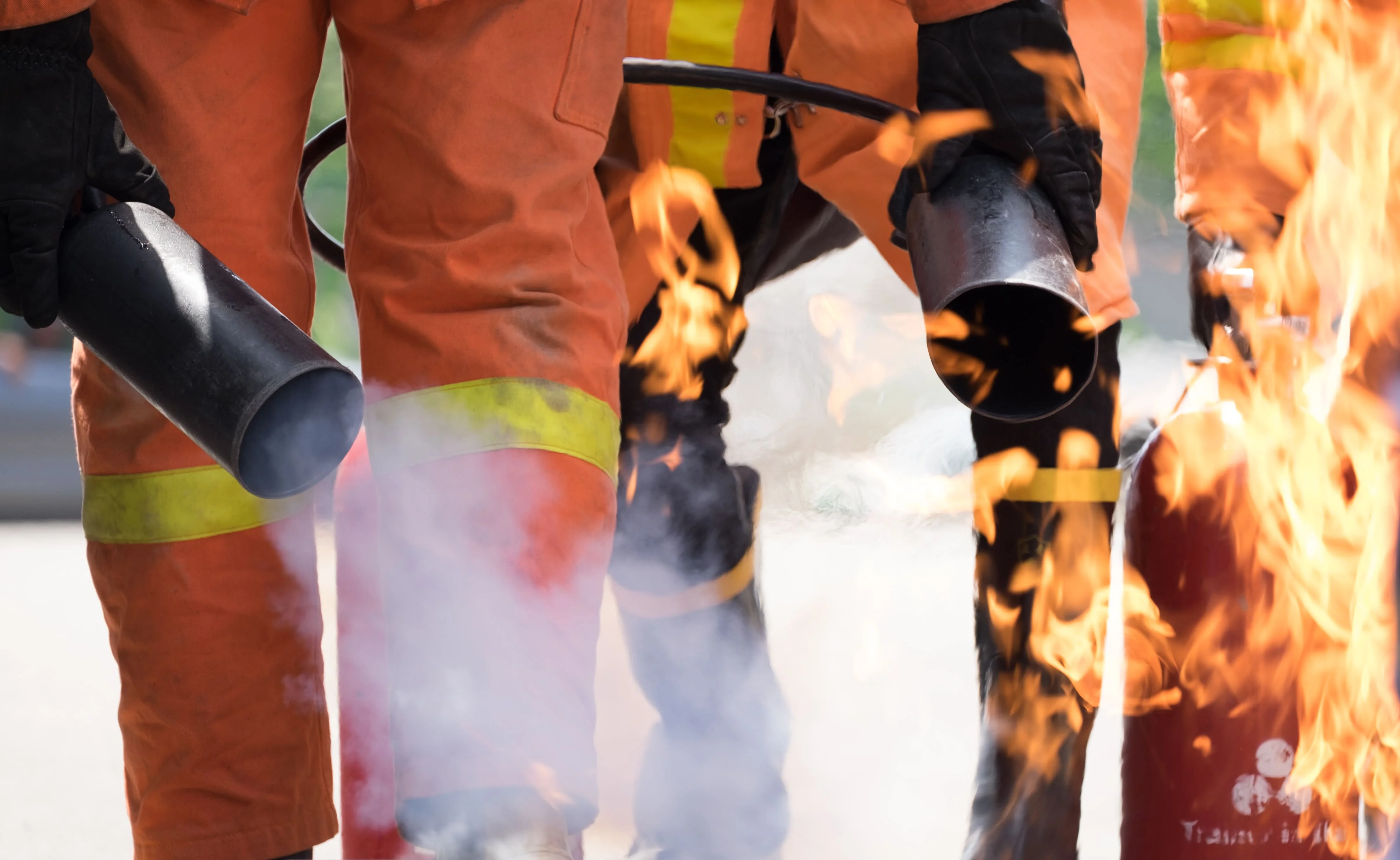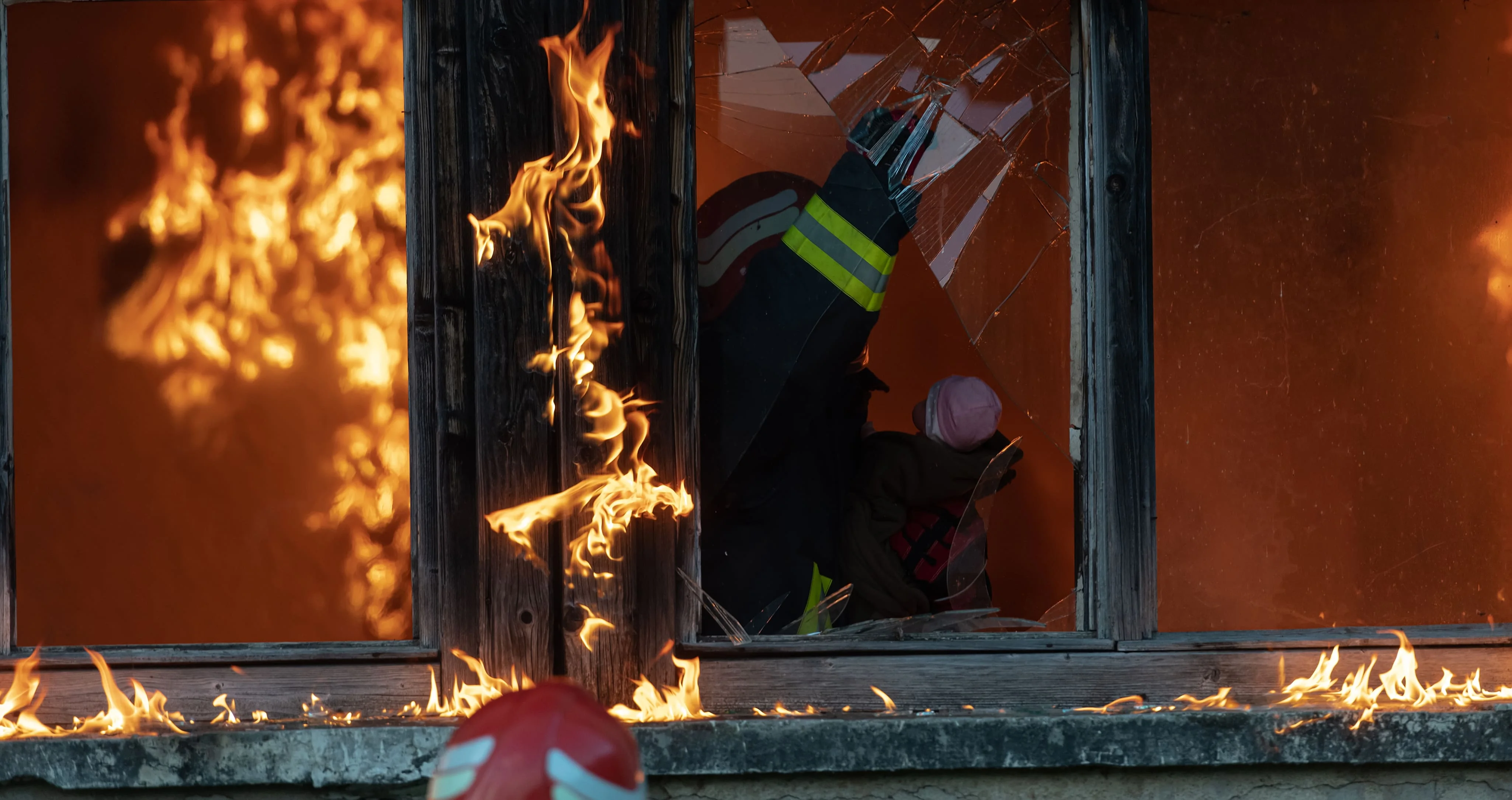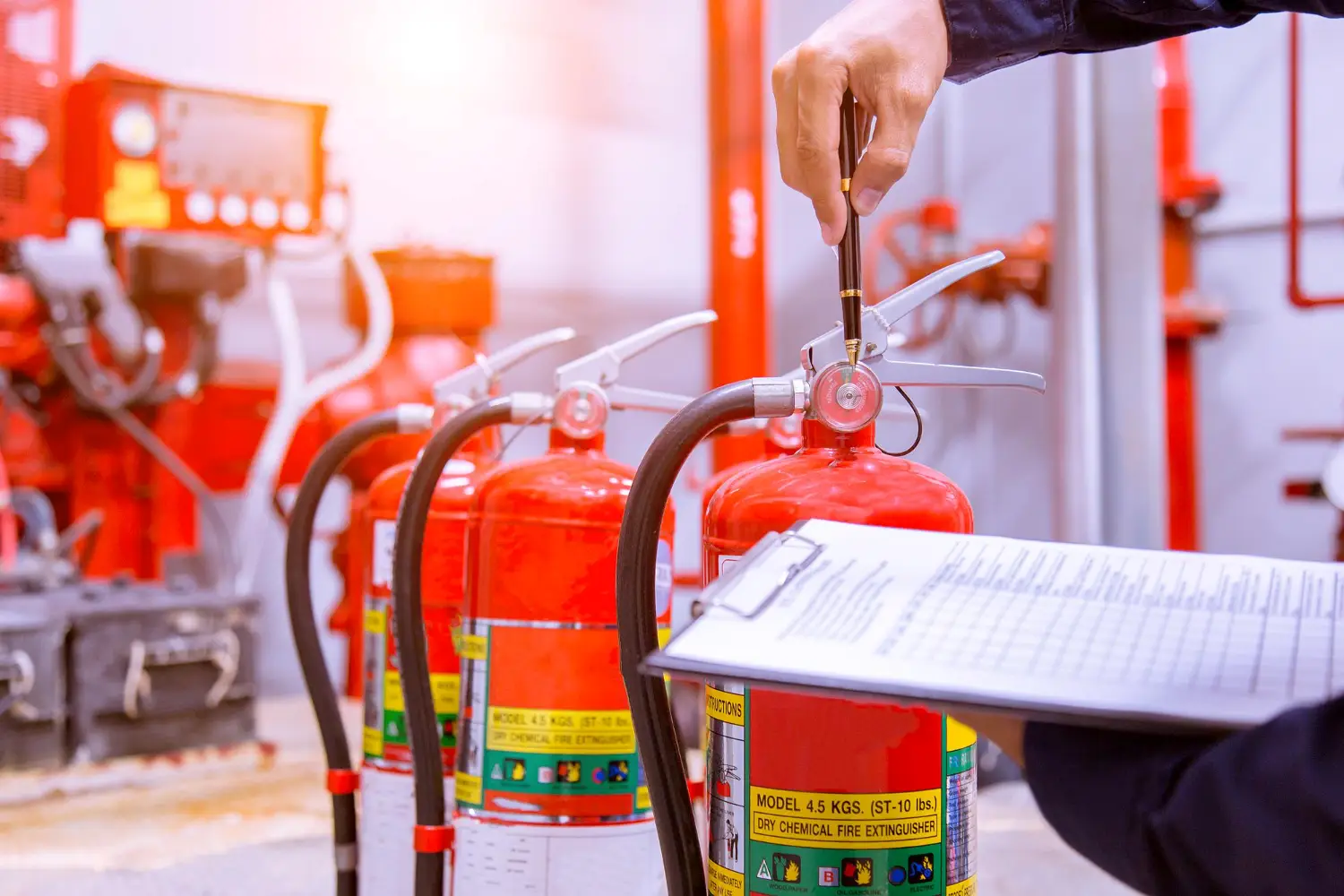How Arc Mapping Works: A Guide for Fire Investigators


Arc mapping, also known as arc fault circuit analysis, involves examining the electrical systems within a structure with the goal of reconstructing the fire scene. This is an important technique for fire investigators to master because it can ultimately help them determine the origin and cause of fires.
Electrical failures, and arc faults specifically are a common cause of fire incidents. For this reason, it’s important for fire investigators to have a detailed understanding of the electrical components and wiring in a building.
Table of Contents
Arc mapping involves a systematic analysis of electrical systems in a structure to identify arc faults that may have contributed to a fire. The process focuses on detecting faults due to unintended electrical discharge, which can generate heat intense enough to ignite combustible materials.
Arc mapping can help you reconstruct a fire scene accurately because it can pinpoint where a fire started and what factors played a role in its development. NFPA 921, which is a leading industry standard, states that arc mapping should be a part of fire investigations and must be used alongside other investigative techniques to develop a thorough understanding of the fire incident.
The two main terms that fire investigators should be familiar with are electrical arcing and arc faults. Electrical arcing is the phenomenon where electricity jumps across a gap in a circuit. This often creates an electrical discharge, which generates a lot of heat. Electrical arcing can happen under several circumstances, such as loose connections, damaged insulation, or when contaminants like moisture are present.
Arc faults happen when an electrical arc travels through an unintended path. Short circuits involve a direct connection between conductors while arc faults can occur without tipping circuit breakers. This can be a serious fire hazard because they can generate temperatures of over 1,000 degrees Fahrenheit, which is more than enough to ignite nearby combustible materials.
Over time, arc faults can cause progressive damage. As a fire investigator, you must be able to differentiate between different types of electrical faults and how they impact fire dynamics. This can be quite complex and requires specialized knowledge.
Causes of Arc Faults
Arc faults can be created due to several reasons, such as:
- Damaged Insulation: Age, wear, or physical damage to wiring can lead to exposure and arcing.
- Loose Connections: Poorly connected wires create resistance and heat, leading to arcing.
- Moisture Intrusion: Water can cause short circuits and arcing, especially in older wiring systems.
- Faulty Appliances: Malfunctioning appliances can also create arc faults at their connections, which may be made worse by wear and tear.
Arc mapping can help provide more information about the electrical factors that may have played a role in the fire’s ignition and spread. Based on NFPA 921 recommendations, a systematic approach to fire investigation should also include a detailed analysis of electrical systems to determine if they were a source of ignition. There are several ways this technique can help your investigation:
- Reconstructing the Fire Scene: Arc mapping helps to create a visual representation of the electrical layout and identifies potential failure points. This reconstruction can help you understand the sequence of events leading to a fire.
- Identifying the Fire’s Origin: You can use arc mapping to locate the source of an electrical fault, which is often the fire's point of origin. This helps establish a timeline of the fire's progression.
- Determining the Cause: By analyzing the electrical components involved, you can determine whether the fire was caused by equipment failure, improper wiring, or other factors. This information can come in handy for insurance claims and legal proceedings.
Creating an arc map requires thorough data collection and analysis. Here are the basic steps you’ll need to follow to create one:
- Initial Assessment: Conduct a thorough inspection of the fire scene, documenting all electrical components and potential ignition sources. Take detailed notes and digital photographs of the layout, focusing on electrical panels, wiring, outlets, and appliances.
- Collect Data: Gather all relevant documentation, including building blueprints, electrical schematics, and maintenance records. This data will provide context for the electrical systems in place.
- Gathering Evidence: Collect physical evidence such as wiring, circuit breakers, and appliances. Ensure proper handling and labeling of evidence to maintain chain-of-custody protocols.
- Follow Best Practices to Maintain Safety: Always ensure power is turned off before inspecting or testing electrical components. Wear appropriate personal protective equipment (PPE) and follow NFPA 70E guidelines for electrical safety.
- Test and Measure Electrical Components: Use multimeters and oscilloscopes to test the integrity of wiring and connections. Look for signs of wear, damage, or abnormal readings that could indicate arcing.
- Map Electrical Components: Use mapping software or manual drawing tools to outline the electrical layout, noting circuit configurations, connections, and any visible damage or wear. Indicate areas where arc faults may have occurred.
- Identify Potential Arc Fault Locations: Based on your findings, mark areas where damage, loose connections, or other potential sources of arcing were observed. Consider using color coding to differentiate between various risk levels.
- Documentation and Reporting: Maintain comprehensive records of all tests, measurements, and findings. Document the methods used and any anomalies observed, as this information will be crucial for the final report and any legal proceedings.
- Finalize the Arc Map: Compile all findings into a comprehensive arc map that details the electrical systems and highlights important areas related to the fire incident. Ensure the map is clear, accurate, and easy to interpret for future reference.
How to Analyze Electrical Evidence
You’ll need to collect and analyze a wide range of data and evidence to create an arc map. Here are a few tips on analyzing the evidence you collect during this process:
- Collect readings from testing tools and review them to spot any anomalies that may indicate electrical faults or arcing. You can also compare the readings you collect against established normal thresholds.
- Learn more about electrical schematics and blueprints to understand how the system was intended to function. This will help you find any deviations that could have led to faults.
- Once you have identified electrical faults, try to determine how they could have impacted the fire’s behavior. You can look at the materials involved, the intensity of the arc, and the fire patterns.
- Use your knowledge of fire dynamics principles like combustion and heat transfer to understand how the fire interacted with the materials on the scene and the environment
Several types of tools and techniques are available to allow you to conduct arc fault analysis and mapping effectively. Here are a few you may want to consider using:
- Oscilloscopes: These devices visualize electrical signals, helping you detect anomalies that may indicate arcing. They can help analyze transient events and understand the behavior of electrical circuits under load.
- Multimeters: An essential tool for measuring voltage, current, and resistance, multimeters help assess the integrity of wiring and electrical components. You can use them to identify loose connections or other faults.
- Thermal Imaging Cameras: These cameras detect heat signatures that may indicate overheating wires or connections. They are useful for identifying hot spots that could signify potential arc faults.
- Clamp Meters: Useful for measuring current flow without breaking the circuit, clamp meters allow for quick assessments of electrical load and help identify overloaded circuits.
Arc mapping is not an easy technique to master, especially when you’re new at investigating fires. Knowing some of the challenges you may face can help you be better prepared. Here’s what you can expect:
- Deteriorated Evidence: Fire damage can compromise important evidence, which can make it challenging to analyze electrical components accurately. You must be prepared to work with compromised or incomplete data.
- Complex Electrical Systems: Modern buildings often have intricate electrical systems with multiple circuits and layers of insulation, complicating the investigation process.
- Access Issues: Some areas of the structure may have restricted access, which can make it difficult to conduct a thorough examination.
While there are several challenges along the way, there are ways to overcome them. Keep detailed records of all your findings so you can reconstruct the fire scene even if the evidence is damaged. You can use notes and photographs to help support your arc map. Use software and tools to analyze data when possible. This can also help you overcome some of the challenges when working with complex or deteriorated evidence.
Work with forensic scientists, electrical engineers, or other experts to get more insights, especially when you’re working on a complex investigation. Fire investigations are very complex, which is one of the reasons why it’s important to collaborate with people from different disciplines. This not only provides you with new perspectives on complex problems but also helps increase the reliability and accuracy of your findings.
Reconstruct Fire Scenes Accurately with Arc Mapping
Arc mapping is an important part of fire investigations because it offers insights into the electrical systems that may have contributed to a fire. Taking the time to read NFPA 921 guidelines on arc mapping can help you reconstruct fire scenes, identify the origin, and determine the cause of the fire accurately.
Advanced knowledge of electrical systems and arc mapping, as well as the latest tools and software available for this process, can help you improve your investigative skills. When used alongside other investigative techniques, it can improve the accuracy of your investigations.
What is the meaning of arc mapping?
Arc mapping involves the analysis of electrical systems to identify arc faults, helping fire investigators determine the origin and cause of fires.
What is an arc on a map?
In the context of electrical mapping, an "arc" usually refers to the path of an electrical discharge.
Trusted by Public and Private Investigator Teams Everywhere
Whether you're a big state agency, a small local fire department or somewhere in between, Blazestack software (NFPA 921® & CJIS compliant) collects fire scene data and generates standardized origin and cause reports in a fraction of the time of other methods.
To learn more about Blazestack, give us a call at (866) 303-4344 or email us at support@blazestack.com
Get Your Free 14-Day Trial and Custom Price Quote Now
We'll let Blazestack do the talking. Try it out right now for free.
A member of our staff will be in touch shortly.


